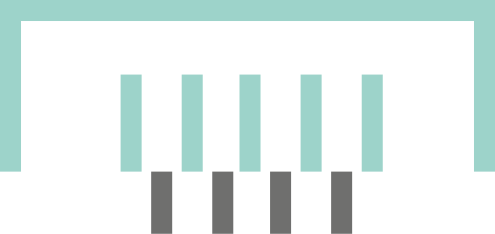About the Journal
The word "Metalla" is ancient Greek and Latin and is connected with mines, metals and ores, a term embodying the focus of the journal. The name of the journal is also linked in terms of content to the work "De Re Metallica" published in 1556 by Georgius Agricola. The journal METALLA was founded in 1994 by the Deutsches Bergbau-Museum Bochum (German Mining Museum) with the secondary title "Forschungsberichte des Deutschen Bergbau-Museums" or “Research Reports of the German Mining Musuem”.
Originally, it was developed as a publication organ for the German Mining Museum departments (Zollern-Institute, photogrammetrie, institute of archaeometallurgy and the geosciences collection) and had a primary emphasis on archaeometallurgy and the conservation, preservation and restoration of archaeological materials, structures and monuments. The secondary title "Forschungsberichte des Deutschen Bergbau-Museums" was intended to represent a diverse array of scientific topics dealt with at the German Mining Museum. Since 1997 METALLA has been accompanied by a special issue, the “Sonderheft”.
In order to reflect a broadening of the journal’s scope and to encourage the publication of research from other institutions and researchers, the secondary title, which had been used until then, was abandoned from 2000 onwards. From then on, English language articles could be published in METALLA in addition to German language articles.
The journal was redesigned in 2016 and is published twice a year as an English-language journal with a double-blind peer-review process coupled with Green Open Access. The main topics deal with research questions in archaeometallurgy, economic and raw material archaeology, mining archaeology up to archaeometry and conservation sciences.
The topics of the articles range from ancient mining and the exploitation and processing of geo-resources, ancient and historical metallurgy, experimental archaeology, trade and provenance of geo-resources, and the conservation and preservation of objects and monuments important to the cultural heritage of mining and metallurgy.
A main objective of the journal is to promote open communication between the scientific fields of geosciences, economic and natural resource archaeology and archaeometry, which are concerned with the study and preservation of the material legacies of ancient and historical georesource exploitation and metallurgy.


